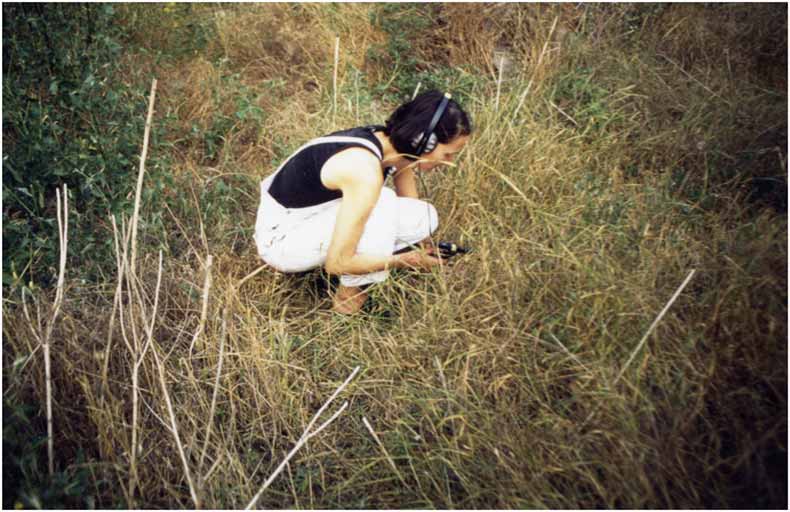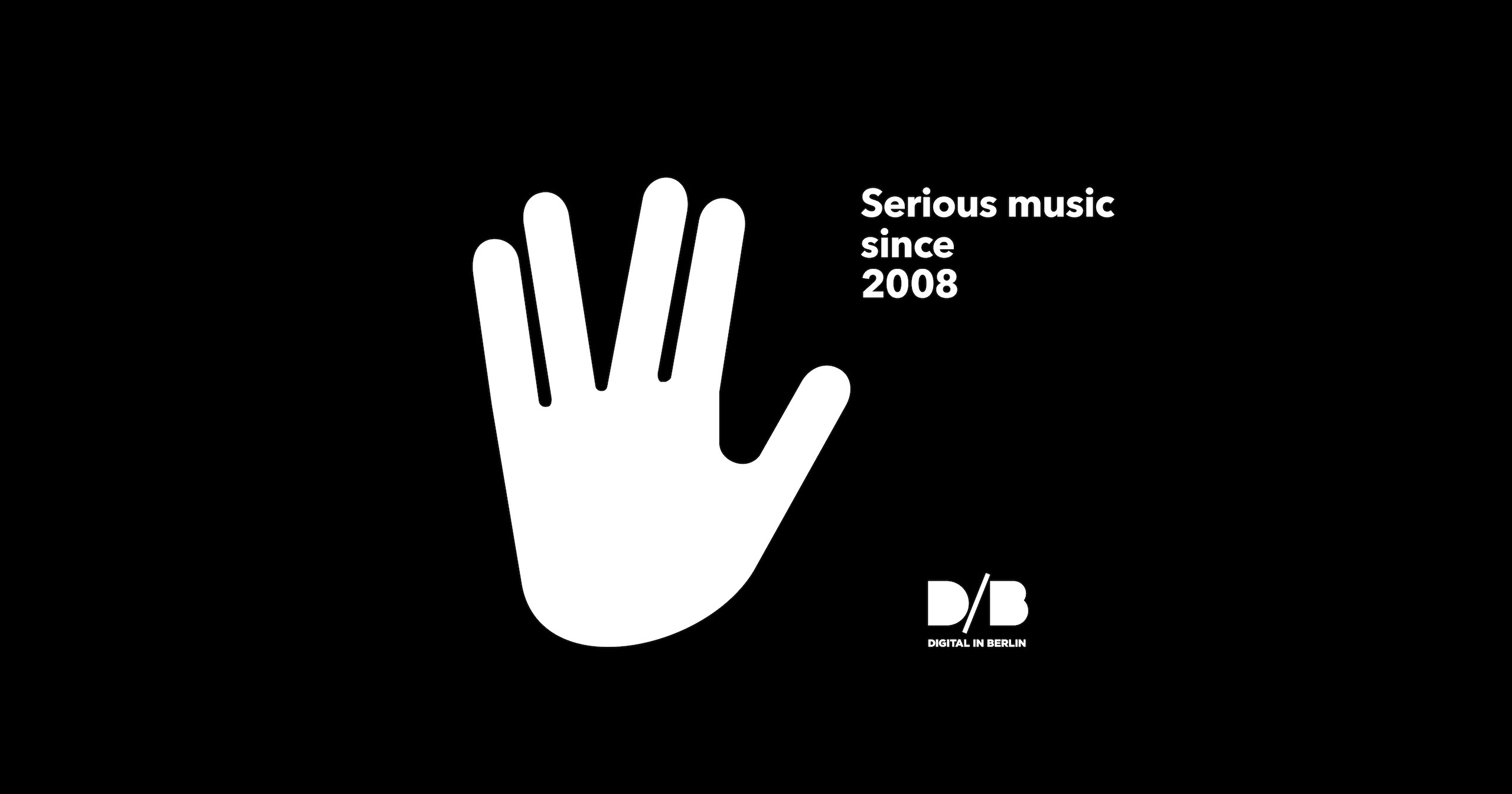Born 1960 in Düsseldorf, Ravenna studied visual arts and music in both Düsseldorf and Berlin. As sound-artist, she works with visual and acoustical objéts trouvés. On the border between visual art and music, she researches intermodal perceptional qualities between acoustics and visual themes, mostly with site-specific installations. Since 1994 examples of works in lakes, aband oned shipyards, a gelatine-factory, old churches and monasteries, radio stations and universities.
Several shows in Germany and abroad, among others: Filmfestival Sao Paulo, Soundtower St. Pölten, Festival for Music and Light Berlin, singuhr audio-gallery Berlin, Villa Contarini Padua, Deutsche Telekom Berlin, Akademie der Künste Berlin. Ravenna is co-founder of the events “Klangkunst im Dialog” at Berlin Society of New Music.
FACTS:
1. I like to collect old and trashy materials to morph them into another essence. I am often working with “Objet Trouvées”, because in my opinion the world is full of consuming articles. I want to give to the objects a second existence, by adding sound.
2. I am atheist. I adore nature, animals, plants and children. Light reflections on surfaces. I like to feel part of the nature.
3. I like to live nearby the extremes.
QUESTIONS:
1. What is the biggest inspiration for your music?
Over the course of several years I too, as an artist, recognized the nonnegligible significance of the digital technology as a tool.
While I found myself fascinated initially by the sheer capability of electronic devices, my interest in the inner-works suddenly emerged. Accordingly, I began opening electronic components and exposing their interiors to daylight, in doing so, confronted recurrently by green circuit boards. I asked myself, how would what goes on inside those circuit boards-sound ? So, I plugged a couple of them in and hunted down the sounds.
After having already used computers´ mechanical sounds in my sound installations, I questioned whether the circuit boards themselves produced sounds. Initially, I found the electro-mechanical noises which the boards produce. Later, I succeeded through transpositions and impulse amplification at making the data flow, from the electronic realm, audible for human ears. After comparing the circuit boards, I noticed that the more complicated the circuit the smaller the board. This seemed to me to reflect something like dematerialisation and compression processes.
The miniaturized and complex world of micro-electronic seems excessively inaccessible. My work is an attempt to open these locked doors.
The quantity of digital technology mounts, like a green “data-skin”, all around us. My circuit board collection, serially mounted in rank and file, constructing surfaces and sculptures is an attempt to re-materialize this phenomenon for the senses.
I often work with sensors, artificial sensory organs, if you will.
Analogous to biological sensory organs, they provide the interface between the interior and exterior worlds. With my sculptures, pressure, light and ultrasonic sensors allow me to integrate the art object into the real world, in which it´s presented.
2. How and when did you get into making music?
I started in the 80s as a experimental sound artist building audible ready-made. In the early 90s I began collecting circuit boards to sonify audible data streams. The vibrations of the sonified data of my data sound sculptures places the space in a special tonal atmosphere, which you could even feel on your skin. I try to make things audible which are usually masked by normal selective hearing. I want to create a listening situation, which takes the social, architectural and acoustic context into account. The noises of the environment thus become as important as the sounds produced by the sound-sculpture. The word field, in my work, references precisely this acoustic context.
3. What are 5 of your favorite albums of all time?
Ionisation, (edgar varèse), Psappha (Iannis Xenakis), Musica Futurista ( Luigi Russolo), Alvin Lucier (works), Le microphone bien tempéré (Pierre Henri)
4. What do you associate with Berlin?
Cultural diversity, cultural niches, noise, simultaneity.
5. What’s your favorite place in your town?
My studio.
6. If there was no music in the world, what would you do instead?
Listen.
7. What was the last record/music you bought?
Alvin Lucier, he turns 80 this year and his pure and bright way of working with the phenomenon of sound speaks to me.
8. Who would you most like to collaborate with?
Penko. I would love to improvise with him again to my objects and sound sculptures.
9. What was your best gig (as performer or spectator)?
Vox Humana, a performance in which I put a speaker in a hole in the ground and then, using my hand s, gradually fill the hole with earth, muting the speaker in 7 steps. From scream to silence.
10. How important is technology to your creative process?
The world of microelectronics seems very inaccessible, due to its complexity and minimized state. In my interactive sound sculptures I turn this data space into a physically experience-able moment.
After using electromagnetic components in my sound-sculptures, I started to ask myself whether I could make the currents flowing through the conductors audible. In my current artistic-scientific sonification project fort his festival I am working with my team of technicians to study sonificating the WiFi-traffic of the festival-goers, navigating 3D-space gestically, as well as making melodious data streams physically touchable.
11. Do you have siblings and how do they feel about your career/art?
They are always surprised by my artistic activities.
Jutta Ravenna will be taking part in Sonifikationen – klingende Datenströme festival (Berlin, 27.-29.10.2017) with one of her most recent work, „SesamSesam“(2017).
https://soundcloud.com/jutta-ravenna/wing-beat
http://www.jutta-ravenna.com/en

